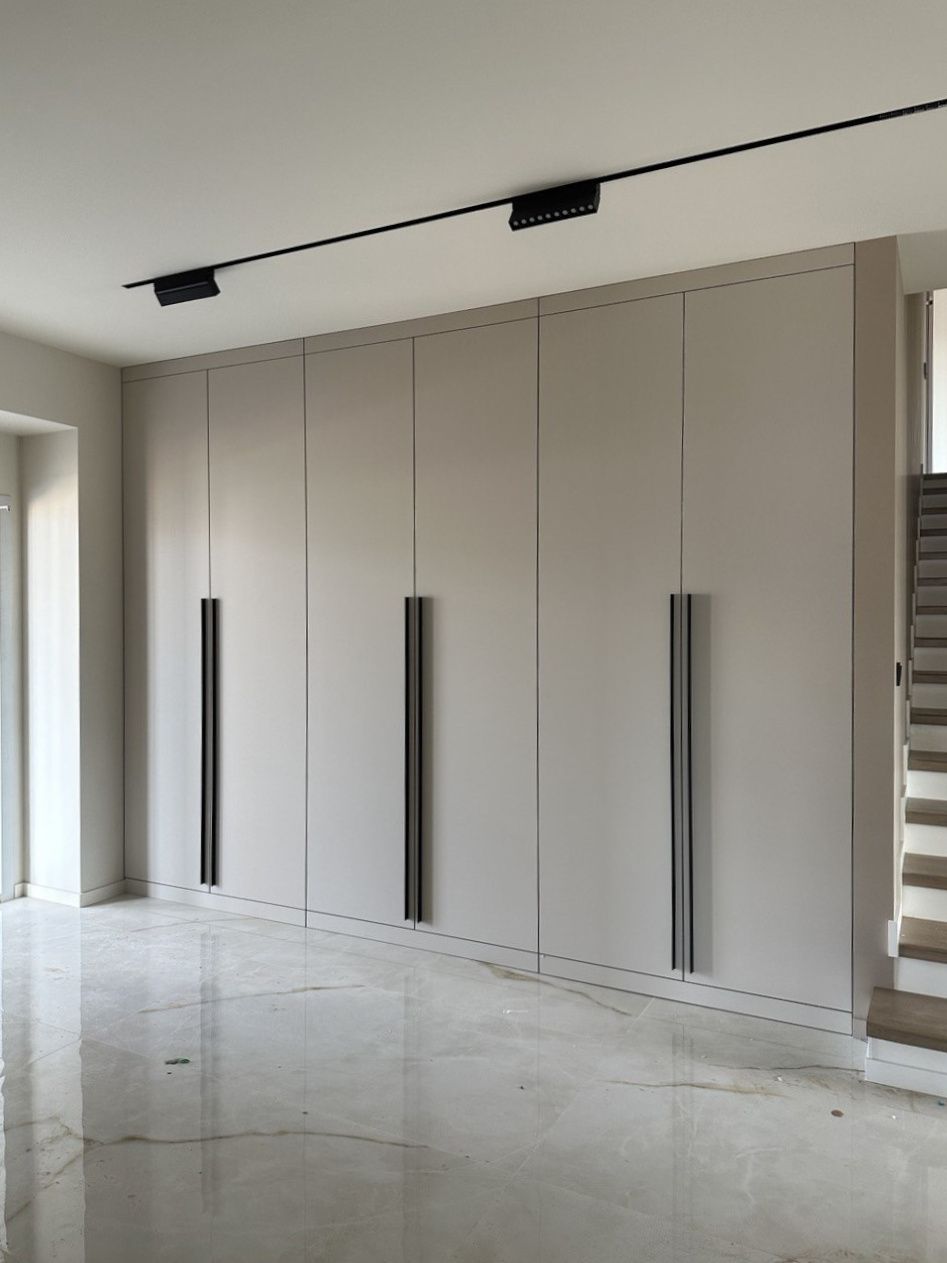Culinary Spaces Redefined: Essentials
The Evolution of the Modern Kitchen
The kitchen has always been the heart of the home—a place where culinary magic happens. But the 21st century has brought about a radical transformation in the way we view and design our culinary spaces. No longer just functional areas for food preparation, modern kitchens have become central to our social and family lives, embodying our personal aesthetics and equipped with technology that makes cooking more intuitive than ever. This evolution calls for a redefinition of kitchen essentials, reflecting the changing needs and functions of this versatile space.
Maximizing Space with Multifunctional Design
As urban living spaces become increasingly compact, the necessity for efficient use of space is undeniable. Multifunctional design in kitchens answers this need by combining form with function. Think of convertible counters that serve as dining tables, appliances that disappear into sleek cabinetry when not in use, and adaptable storage solutions that keep countertops clutter-free. These innovative designs ensure that every square inch of your culinary space is both beautiful and practical.
Syncing Kitchens with Smart Technology
Technology has nudged its way into the culinary space, ushering in a new era of smart kitchens. Essential to these modern cooking havens are appliances that can connect to the internet, be controlled remotely, and provide assistance with recipes and meal planning. Imagine refrigerators that monitor your food's expiry dates, ovens that are preheated just in time for your arrival home, and faucets that are activated by the wave of a hand. The seamless integration of these smart devices elevates the cooking experience and adds convenience to daily life.
Sustainability: A Top Priority in Kitchen Design
Today's culinary spaces are not just about aesthetics and functionality; they also reflect a growing consciousness towards environmental sustainability. Eco-friendly materials, energy-efficient appliances, and waste-reduction systems are now essentials in the eco-conscious kitchen. By choosing materials like bamboo for cutting boards or investing in appliances with a high energy rating, you can minimize your environmental footprint while still enjoying a stylish and modern kitchen.
The New Role of Color and Texture
Color and texture play a vital role in the emotional appeal of a kitchen. While classic whites and neutrals still dominate, more homeowners are embracing bold colors and varied textures to express their personalities and to define distinct zones within open-plan spaces. Matte finishes, natural wood grains, and stone textures are becoming popular choices for both their tactile quality and their ability to create a warm and inviting atmosphere.
Enhanced Lighting for Mood and Functionality
Lighting design can transform the ambiance of a kitchen as well as its functionality. Modern culinary spaces feature a variety of lighting sources, from ambient and task lighting to accent lights that showcase architectural features or treasured collections. LED strips under cabinets, pendant lights over islands, and smart lights that adjust color temperature throughout the day are essentials that redefine how we illuminate our kitchens.
Conclusion: A Personalized Culinary Hub
The redefined essentials of culinary spaces speak to a broader trend: the personalization of the kitchen. As cooking and dining habits evolve, so do the requirements of kitchen design. Today's culinary spaces must cater to the unique needs of their users, adapt to the available space, incorporate smart technology, respect the environment, and express individual style through color and texture. The kitchen has indeed transformed into a personalized culinary hub that is as diverse as the people it serves.
